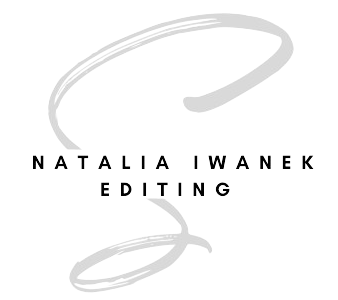Plain Language Tips: Avoiding Harm in Our Writing and Editing
 Building upon last week’s blog on “Inclusive Language Tips,” the second-part of this five-part series on avoiding harm in our writing and editing focuses on plain language tips. In particular, this blog will focus on tips, tricks, and best practices in Plain Language.
Building upon last week’s blog on “Inclusive Language Tips,” the second-part of this five-part series on avoiding harm in our writing and editing focuses on plain language tips. In particular, this blog will focus on tips, tricks, and best practices in Plain Language.
Plain language is increasingly becoming popular in the writing and editing fields, and is something that I consider very important in my work. In fact, it is one of my specializations.
Closely related to inclusive, or conscious language, plain language makes text accessible to a wide variety of audiences. For example, it’s principles may be beneficial to disabled, chronically ill, and neurodiverse audiences, as well as newer migrants, immigrants, refugees, and those whose first language may not be English.
It also makes text accessible to those who read at a lower reading level.
Thinking back, the importance of using plain language was extremely apparent during the start of the pandemic, as public health messaging was often confusing, convoluted, and not accessible to the general public. This was troubled as it was a time where every single person’s safety depended on them fully understanding these messages.
Plain Language Tips: How to Implement Plain Language Principles in your Text
Since plain language principles are an immense topic, it would be difficult to include all relevant tips and tricks. However, these easy best practices are a way to start your plain language journey, before continuing to more detailed and specific services.
- Ensure that you are writing with the audience in mind, as opposed to yourself.
- Try to use active voice as much as possible, as opposed to passive voice.
- Avoid unnecessary jargon, undefined acronyms, and technical terms.
- Use clear, simple, and common language.
- Be concise – keep your sentences and words choices short.
- Include headings throughout your text, as well as lists and tables.
- Use a new paragraph for each new idea.
- Chunk text into manageable paragraphs with headings.
Check out the first part of this series, “Inclusive Language Tips.” Stay tuned for future parts of this series, which will focus on language best practices and accessibility in-depth, and offer tips, tricks, and best practices.
What did you think? I’d love to hear your suggestions! For plain language projects, please visit my plain language page, which lists my full experience and rates. Questions? Comments? Contact me for more information about your project needs.
